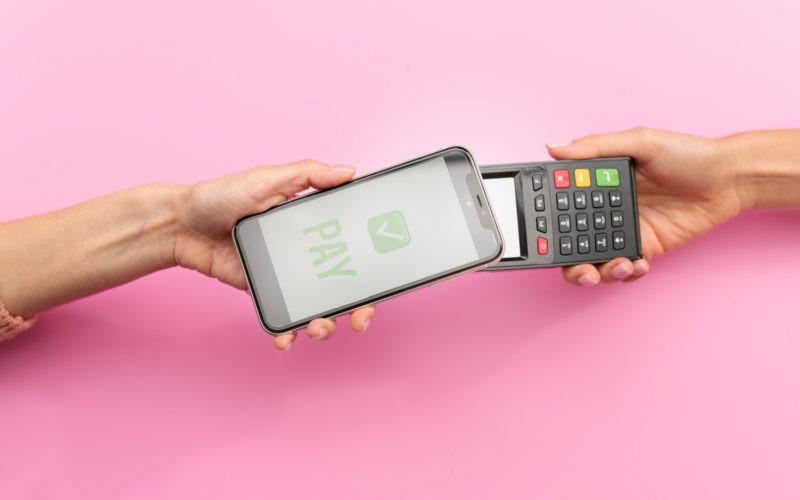Apps have become essential tools for daily life, offering convenience and connectivity across various aspects, from banking and shopping to social media and entertainment. However, the rapid rise in mobile app usage has also led to a surge in security risks.
As mobile apps handle more sensitive data, they become prime targets for hackers and cybercriminals. Understanding common mobile app security vulnerabilities and how to prevent them is crucial for developers and businesses to protect their users and ensure the safety of personal information. Today, we will explore five of the most common mobile app security vulnerabilities and provide actionable measures to mitigate these risks effectively.
1. Insecure Data Storage
One of the mobile apps’ most prevalent security risks is insecure data storage. Many apps directly store sensitive information, such as usernames, passwords, personal details, and financial data, on the device. When this information is not properly encrypted, it becomes vulnerable to theft through various means, including malware attacks or even unauthorised physical access to the device. Attackers can exploit weaknesses in data storage mechanisms to retrieve sensitive information.
To prevent this, developers must use strong encryption when storing data locally. Industry-standard encryption algorithms like AES (Advanced Encryption Standard) should be employed to ensure that any stored data is encrypted and secure. Furthermore, developers should avoid storing sensitive information unless necessary and use tokens or session identifiers instead.
Passwords, for example, should never be stored in plain text but rather as hashed values. Overall, security is one of the most important aspects developers must consider. An agency that offers Mobile App Development Services worth its salt usually has security at the top of its priorities.
2. Weak Authentication and Authorization
Weak authentication is another common vulnerability in mobile apps, allowing unauthorised users to access sensitive information or features. Many mobile apps fail to implement strong password policies or two-factor authentication (2FA), making it easier for attackers to bypass security checks. This can lead to unauthorised access, data breaches, or even manipulation of sensitive data. In addition to weak authentication, poor authorization controls can allow users to perform actions they shouldn’t have access to, compromising the app’s security.
To address weak authentication, developers should enforce strong password requirements, mandating complex passwords with a mix of characters, numbers, and symbols. In addition, two-factor authentication (2FA) or multi-factor authentication (MFA) should be implemented to provide an additional layer of security, requiring users to provide more than just a password to log in. This significantly reduces the risk of account takeover if passwords are compromised.
Using token-based authentication, such as OAuth 2.0 or JSON Web Token (JWT), can also enhance security by ensuring only authorised users can access specific resources. Tokens should have expiration times and be invalidated upon user logout. Role-based access control (RBAC) also ensures that users are granted appropriate access levels, preventing unauthorised access to sensitive features.
3. Poor Code Obfuscation
Attackers often reverse-engineer mobile apps to gain insight into their code and potentially exploit security weaknesses. If an app’s code is not properly obfuscated, hackers can decompile it to uncover sensitive information such as API keys, encryption algorithms, or the logic behind security features. Poor code obfuscation makes it easier for attackers to understand and exploit the app’s internal workings.
To prevent reverse engineering, developers should obfuscate their code, which makes it more difficult to decompile and understand. ProGuard or R8 can obfuscate Android app code, while similar tools exist for iOS applications. Additionally, developers should remove unnecessary code, such as debug logs or dead code, from production versions of the app, as this can provide attackers with additional information about the app’s inner workings.
4. Insecure Communication Channels
When mobile apps transmit sensitive data over the internet, using insecure communication channels can expose this data to interception. If apps fail to use secure transmission protocols, attackers can perform man-in-the-middle (MitM) attacks, intercepting data as it travels between the app and its servers. Insecure communication often results from unencrypted HTTP connections or improperly validating SSL/TLS certificates.
To prevent insecure communication, developers must ensure that all sensitive data is transmitted over secure channels using HTTPS rather than HTTP. HTTPS encrypts data during transmission using SSL/TLS protocols, protecting it from interception. Proper SSL/TLS configurations, including strong encryption algorithms, should be enforced. Developers should also implement certificate pinning, which ensures that the app communicates only with trusted servers, further protecting against man-in-the-middle attacks.
End-to-end encryption (E2EE) should be implemented for highly sensitive information, such as financial or healthcare data. This ensures the data is encrypted before leaving the device and only decrypted once it reaches the intended recipient.
5. Improper Session Management
Proper session management is essential for securing mobile apps. When sessions are not properly managed, attackers can hijack active sessions and gain unauthorised access to user accounts. Common session management issues include long-lived sessions, unencrypted session cookies, and failure to enforce session timeouts. These weaknesses can lead to significant security breaches, particularly if a user’s device is lost or stolen.
To mitigate the risk of session hijacking, developers should implement short session expiry times and require users to re-authenticate after a certain period of inactivity. This minimises the window of opportunity for attackers to hijack sessions.
Final Words
Mobile app security is crucial for developers, businesses, and users. Addressing common vulnerabilities—such as insecure data storage, weak authentication and authorization, poor code obfuscation, insecure communication channels, and improper session management—can significantly reduce the risk of cyberattacks and data breaches. Developers must adopt best practices such as using encryption, enforcing strong authentication mechanisms, securing communication channels, and regularly reviewing the app’s security features.












